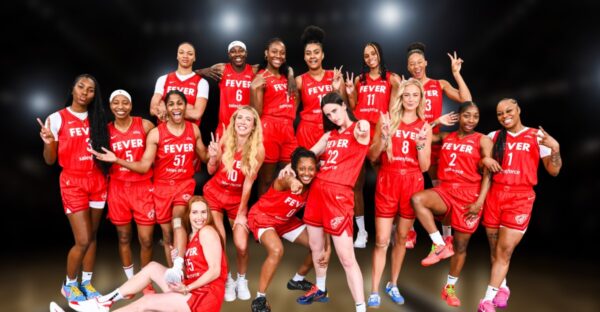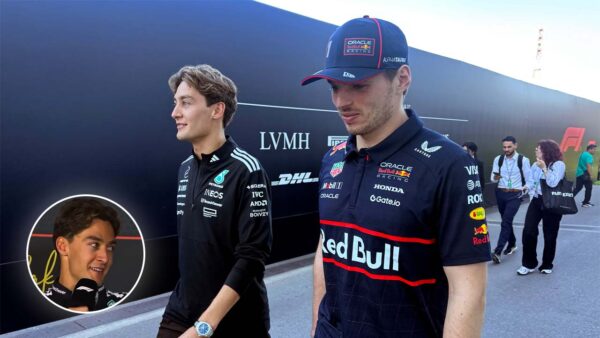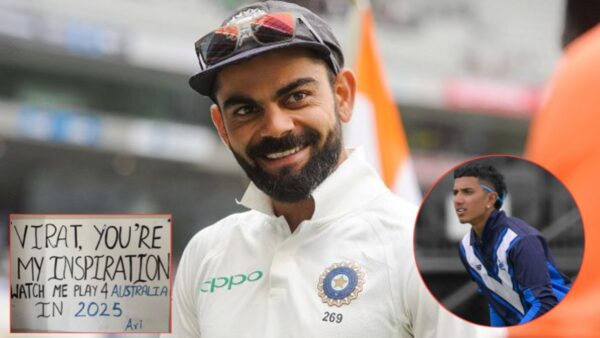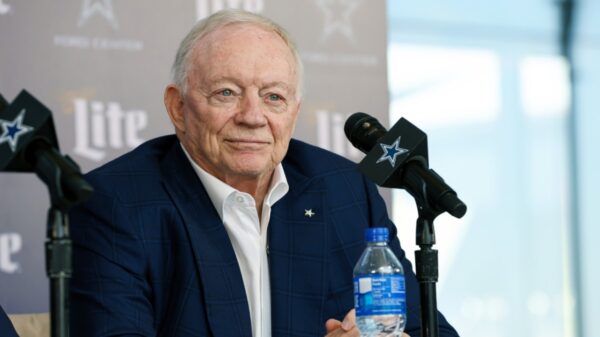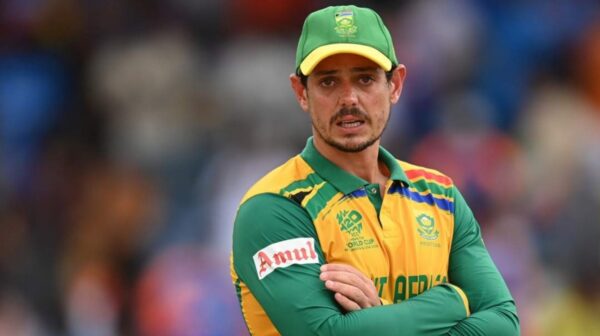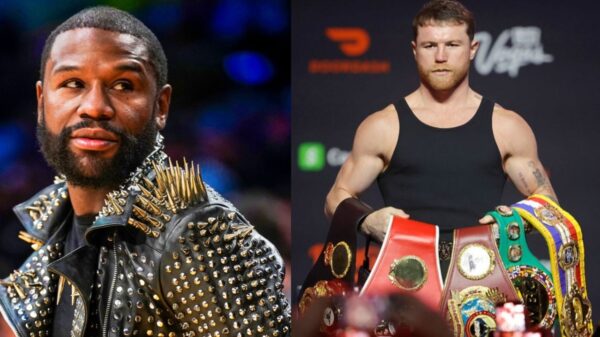The Journey of Indian Shooting This Decade

WhatsApp Image 2019 12 24 at 3.42.32 PM
🔍 Explore this post with:

India have produced some quality shooters this decade and now are a top country in shooting. Indian shooting in this decade can be divided into 3 phases.
2010-2013
The decade began with India having a reigning Olympic Champion in shooting; Abhinav Bindra’s Gold in the 2008 Olympics raised the profile of the sport to a never-seen-before level in the country, directly inspiring youngsters to take up shooting as a sport.
In 2010, the Commonwealth Games were held in India for the first time. Although marred by corruption scandals, the performance of Indian athletes managed to salvage the Games. Shooting was probably the biggest success story, with Indian shooters winning 30 medals including 14 Golds. Gagan Narang was the star of these Games, winning 4 Golds.
Narang was in excellent form in 2010, winning the Bronze in the World Championships and Silver at the Asiad. He was closely followed by the double trap shooter and Asiad 2010 Gold medallist Ronjan Sodhi. The pair’s good form continued in 2011, and going into the 2012 Olympics they along with Bindra were considered India’s brightest medal hopes. Of them, Sodhi faltered in the qualification stage at the Olympics, while Narang successfully managed to deal with the pressure of the high profile event.
Although Indian fans would have hoped for a Bindra-Narang 1-2, they had to be content with Narang’s Bronze, India’s first medal at these Olympics, which kickstarted India’s best ever Olympic campaign.
The other medallist from shooting was Vijay Kumar, who won a surprise Silver in 25m RFP, becoming the first Indian pistol shooter to win an Olympic medal. The other performance of note was that of Joydeep Karmakar who finished 4th in 50m Rifle Prone.
Youngsters such as Rahi Sarnobat and Heena Sidhu also made their debuts during this phase, which culminated in Sidhu winning a Gold at the 2013 World Cup Finals.
2014-2017
This phase can also be called era of Jitu Rai . He emerged as a phenomenon in 2014 after winning 3 ISSF World Cups medals in 9 days. He was easily India’s best shooter during this period, as well as one of the best pistol shooters in the world. His biggest achievements were winning a Silver at the 2014 World Championships and a Gold in the 2014 Asian Games, both in the 50m Pistol event.
Sadly Jitu’s form could not be replicated by other Indian shooters. Narang, Bindra and Vijay were in decline and the newer shooters were yet to find their feet in the international arena.
Going into the 2016 Olympics, it was clear on hindsight that Jitu was India’s only realistic medal hope from shooting, and probably the best hope across all sports.
The burden of expectations clearly showed on him through his body language in the 10m AP finals, where he finished a disappointing 8th; and from the meltdown he suffered in the late stages of the 50m Pistol qualifications. Bindra, who finished a heartbreaking 4th was the only other finalist from this disastrous campaign.
In 2017 Delhi hosted 2 ISSF events, a World Cup and the World Cup Finals. The highlight of this year was Jitu and Heena’s consistent success in the newly introduced 10m AP Mix event.
2018-Present
After the Rio 2016 debacle, the NRAI formed a committee headed by Bindra and consisting of journalists and other stakeholders. The committee report which is available for the public on the NRAI website, analysed what went wrong during the Olympics and recommended improvements to be made.
It is to the utmost credit of the NRAI and it’s President Raninder Singh that the suggestions were taken in the right spirit, and were acted upon.The results are for all to see.
Since the ISSF World Cup in Mexico in 2018, Indian shooters have been on a roll- consistently winning medals and setting new records. The Fab Four have done remarkably well, and a number of young shooters have emerged, including the likes of Manu Bhaker, Saurabh Chaudhary, Divyansh Singh Panwar and Yashaswini Deswal.
For this the credit should undoubtedly go to the NRAI President who had the vision to start the junior program. Indian junior shooters are probably the best in the world today, so much so that last year the Olympic Channel had released a video billing India as the favorites for the Youth Olympics shooting competition, a first for Indian shooting (India subsequently won 2 Golds and 2 Silvers from the 4 events of this competition).
Understandably the expectations are high from Indian shooters for the 2020 Olympics and beyond. If they show the kind of form they have shown since 2018, a stellar show in Tokyo can be expected. The 2020s decade could well belong to India’s shooters. And that is something all Indian sports fans should be excited about.

